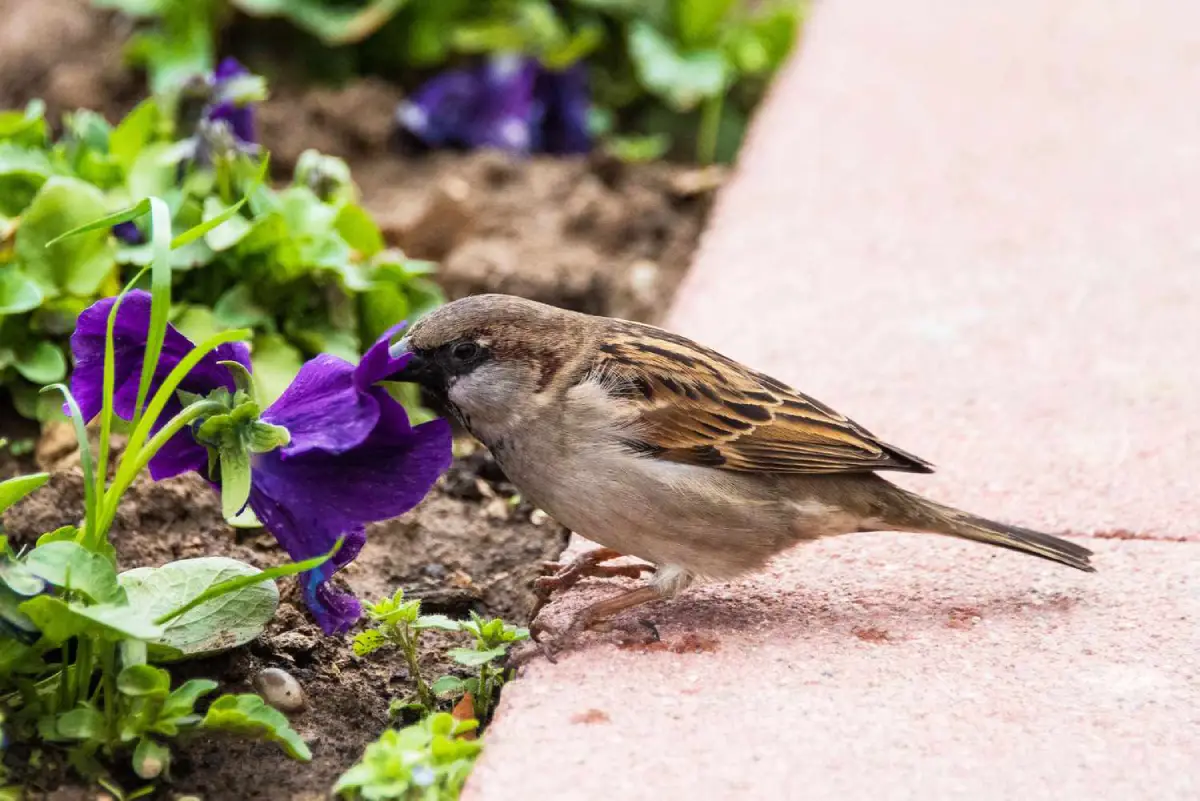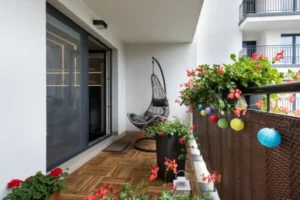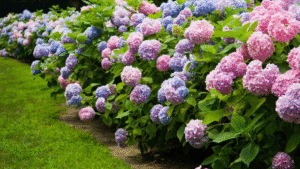Designing an eco-friendly outdoor garden is more than a trend—it’s a responsible and rewarding way to connect with nature while reducing your environmental impact. Whether you live in the United States, UK, or Europe, sustainable gardening practices can help conserve resources, support local ecosystems, and create a beautiful outdoor space.
Why Choose an Eco-Friendly Garden?
Eco-friendly gardening goes beyond just aesthetics. It’s about minimizing waste, conserving water, and choosing plants and materials that are in harmony with your local environment. With the right practices, your garden can become a sanctuary for pollinators, birds, and beneficial insects.
Benefits of Sustainable Gardening:
- Saves water and energy
- Reduces chemical use
- Attracts pollinators and wildlife
- Improves soil health
- Supports biodiversity
1. Plan Your Garden Around Native Plants
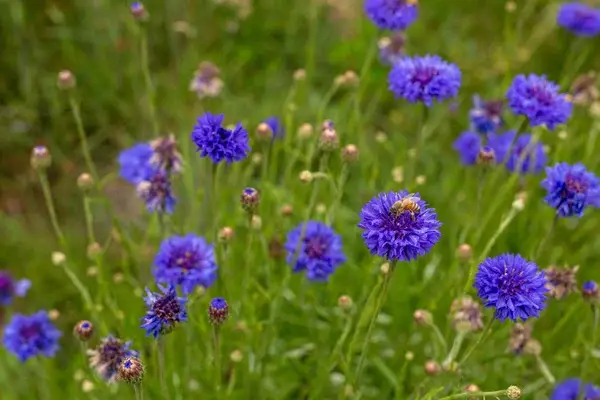
Native plants are adapted to your region’s climate, soil, and wildlife. They require less water, resist pests naturally, and provide food for local pollinators like bees and butterflies.
- UK & Northern Europe: Cornflower, primrose, foxglove
- US (Northeast): Purple coneflower, bee balm, black-eyed Susan
- US (West Coast): California poppy, ceanothus, yarrow
2. Choose Organic, Locally-Sourced Materials
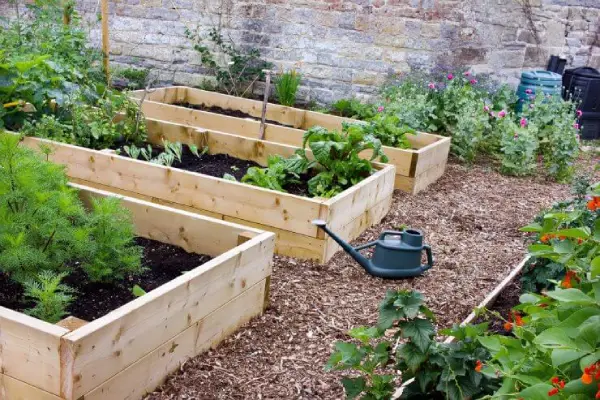
Using local or recycled materials helps reduce carbon emissions from transport. Look for sustainably sourced wood, organic compost, untreated mulch, and natural stone.
- Build raised beds using reclaimed wood
- Use gravel paths made from local stone
- Avoid plastic edging or chemically treated lumber
3. Use Compost Instead of Synthetic Fertilizers
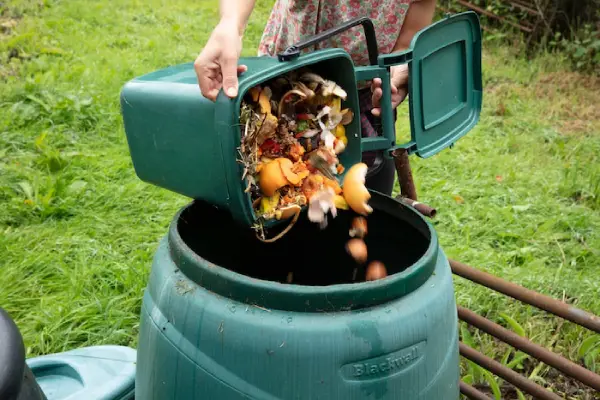
Composting is one of the easiest and most effective ways to reduce household waste and enrich your soil. It boosts microbial life, improves structure, and feeds your plants naturally.
- Add kitchen scraps, yard trimmings, shredded paper
- Avoid adding meat, dairy, or pet waste
- Turn your pile regularly for aeration
4. Install a Rainwater Harvesting System
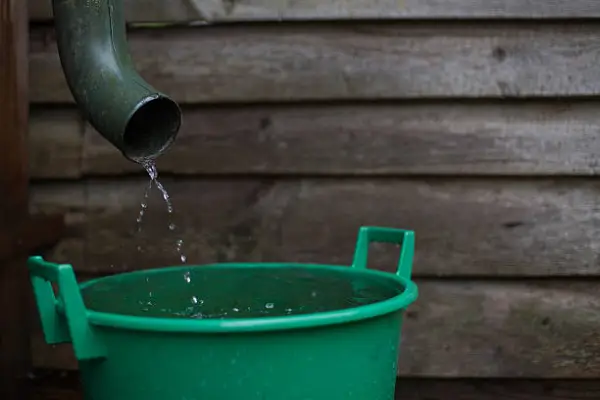
Collecting rainwater helps reduce your water bill and provides chlorine-free hydration for your plants.
- Use a rain barrel connected to your downspout
- Add a mesh screen to prevent debris and mosquitoes
- Store in a cool, shaded spot
5. Create a Pollinator Paradise
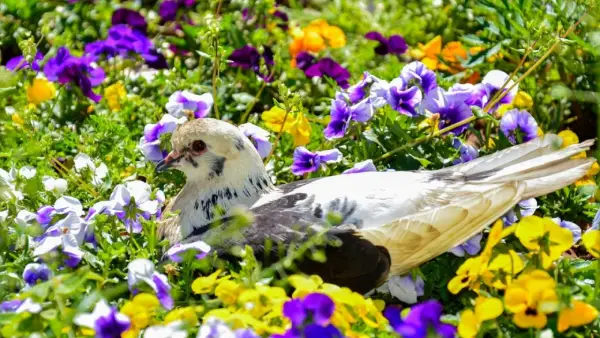
Bees, butterflies, and hummingbirds are vital to healthy gardens. Plant a variety of nectar-rich flowers that bloom from spring to fall.
- Group similar plants together to attract pollinators
- Avoid pesticides that harm insects
- Provide shallow water sources and resting areas
6. Ditch the Lawn or Go Low-Maintenance
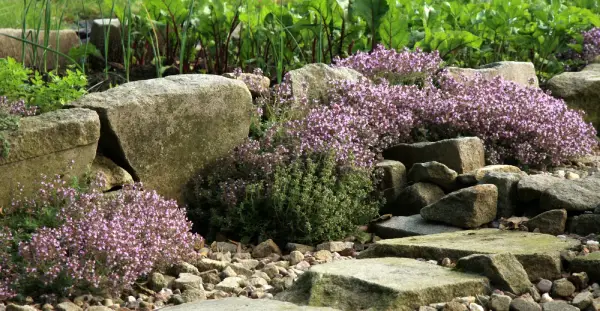
Traditional lawns are water- and chemical-intensive. Replace or reduce your lawn with:
- Groundcovers like creeping thyme or clover
- Wildflower meadows
- Mulched or gravel pathways
7. Use Solar Lighting and Manual Tools
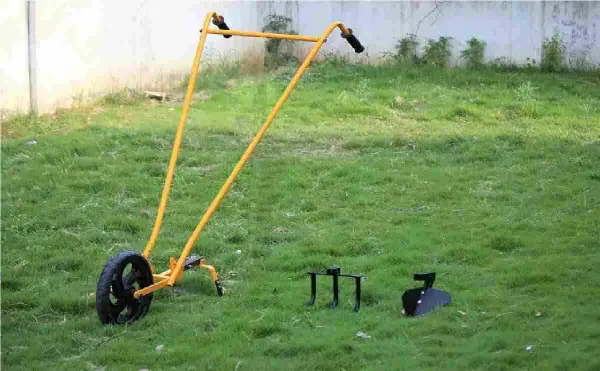
Go energy-efficient with solar-powered garden lights, and reduce emissions by choosing hand tools over gas-powered ones.
- Solar lanterns along pathways
- LED spotlights for garden features
- Manual weeder or push reel mower
8. Encourage Wildlife with Habitat Zones
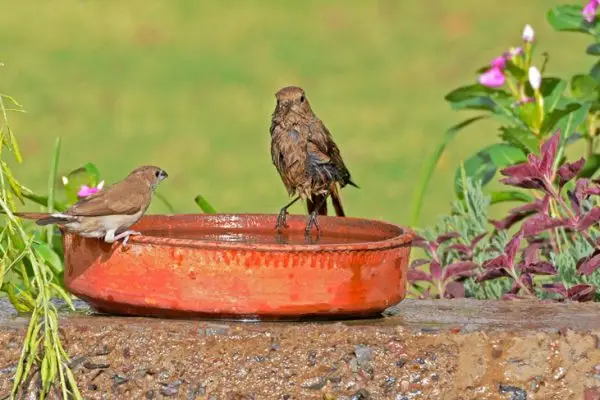
Create a balanced ecosystem by welcoming birds, frogs, hedgehogs, and insects.
- Add bird feeders, bug hotels, or a small pond
- Leave a pile of logs or stones for shelter
- Grow hedgerows instead of fences
9. Practice Water-Wise Gardening
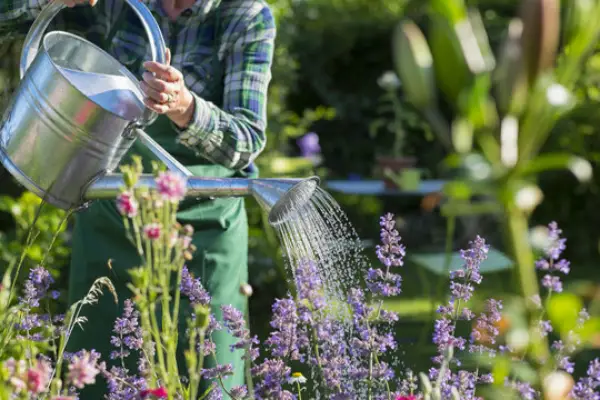
Reduce your garden’s water footprint with these xeriscaping techniques:
- Water in the early morning or evening
- Group plants by water needs
- Use mulch to retain moisture
- Install drip irrigation systems
10. Rotate Crops and Companion Plant
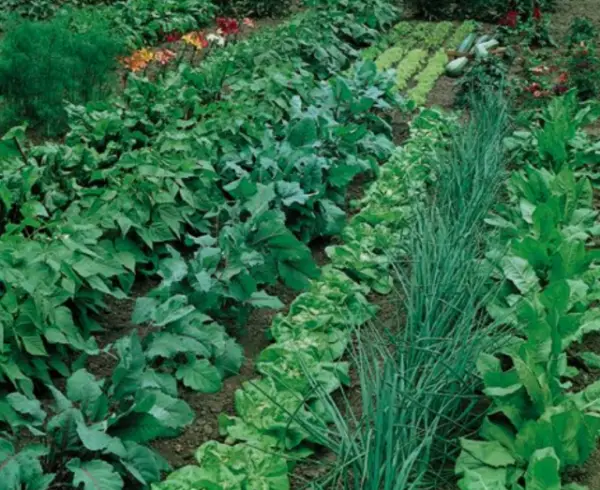
If you grow vegetables or herbs, rotating crops annually and planting them alongside compatible species boosts health and minimizes pests.
- Pair tomatoes with basil, beans with marigolds
- Rotate leafy greens, root vegetables, and fruiting crops yearly
Final Thoughts: Eco-Friendly = Beautiful and Sustainable
Creating a sustainable garden doesn’t mean sacrificing beauty. With thoughtful design and a little creativity, you can cultivate a stunning, functional, and eco-conscious outdoor space that supports your local environment—and inspires others to do the same.


